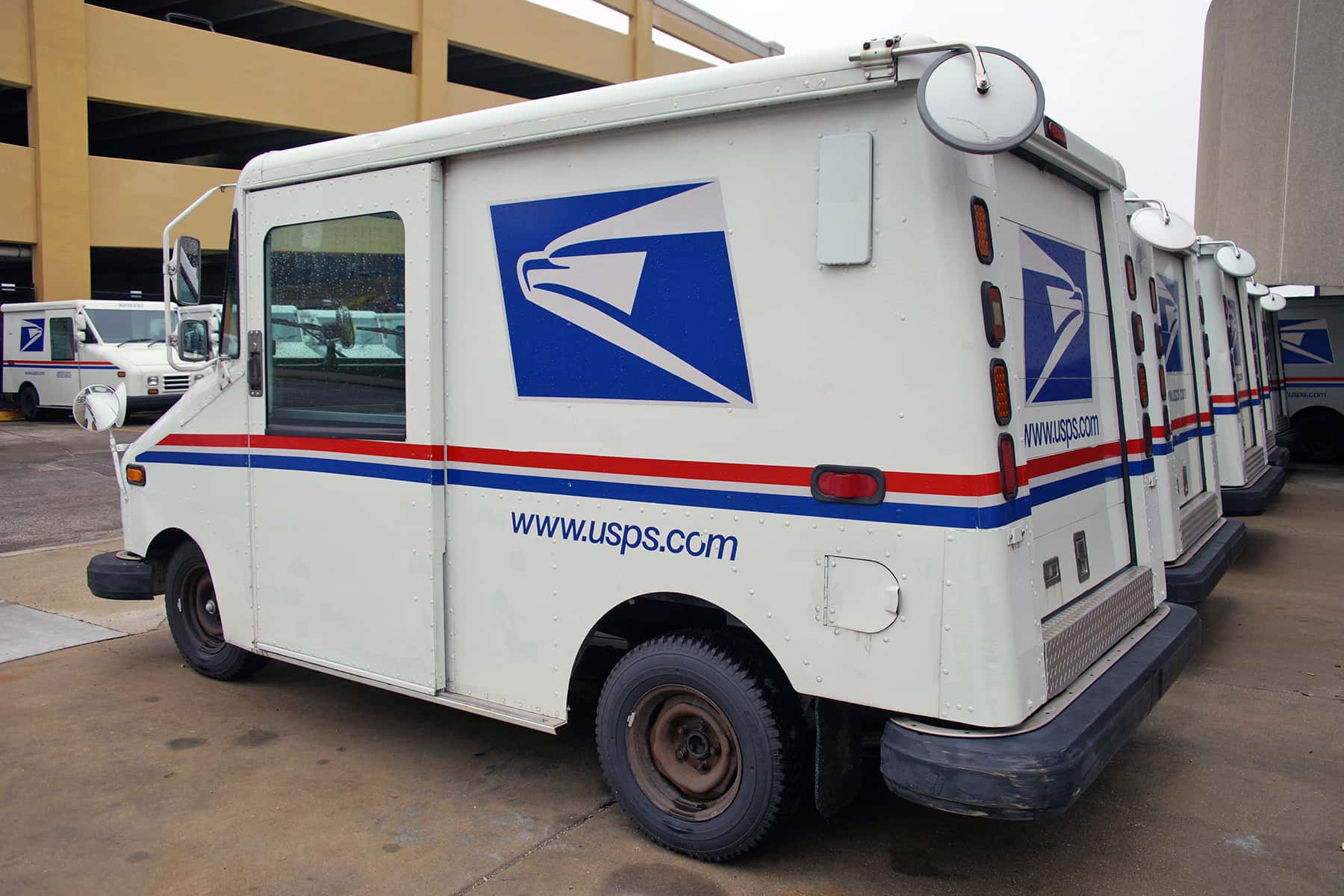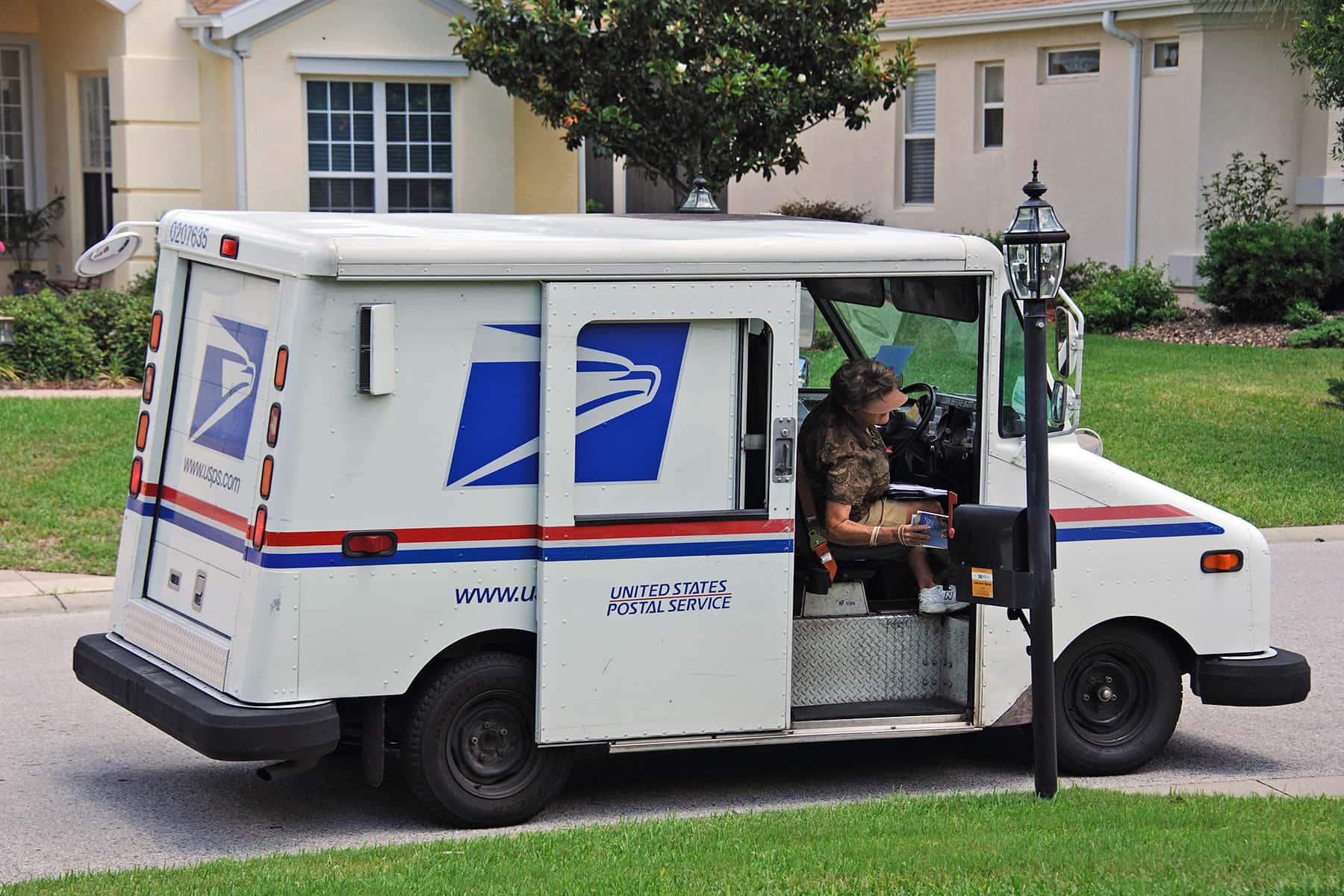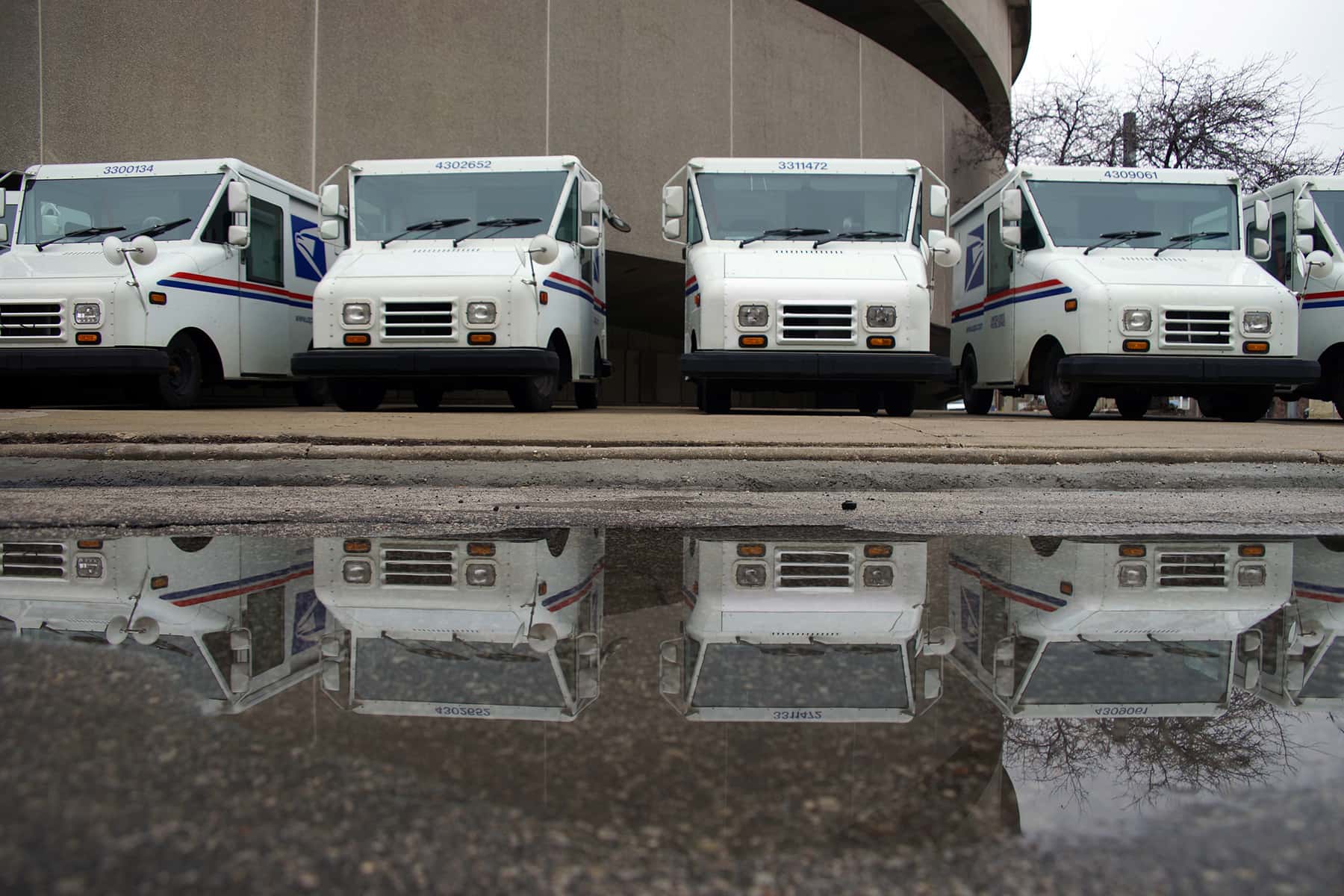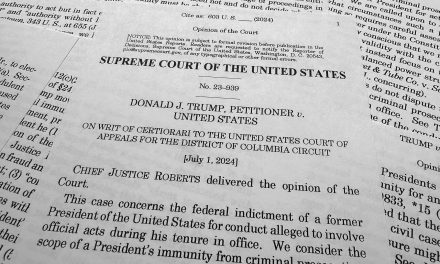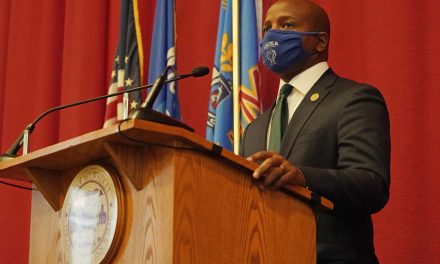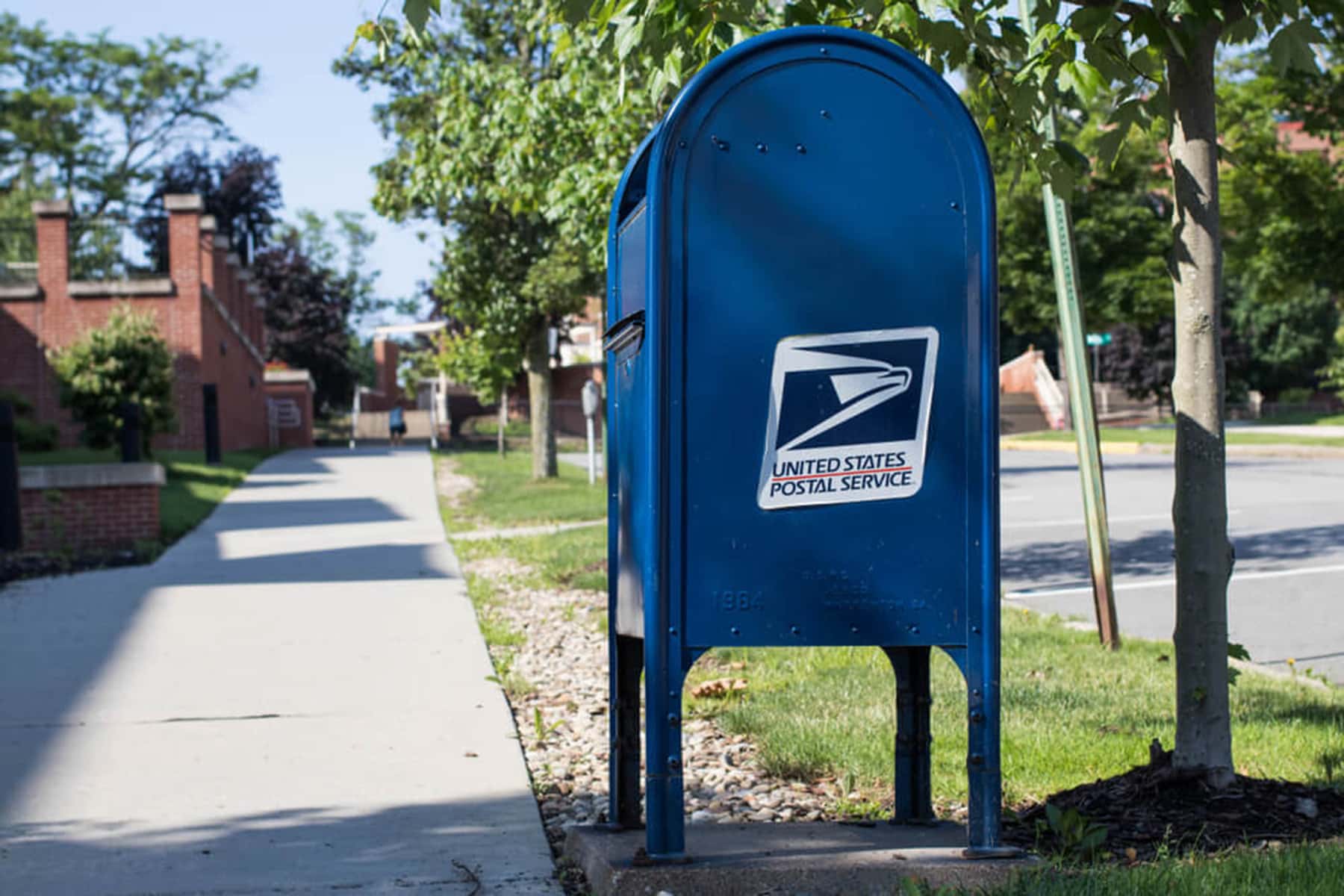
Everything now coming from the White House is about Trump’s reelection. While all presidential candidates want to win, they are usually able to accept the idea of a loss. Trump, though, has gone so far as to suggest delaying the election, an unprecedented step which would buy him some time in the hope a coronavirus vaccine would help the U.S. crawl out of the hole it’s in and turn his popularity around.
In his quest for reelection, he is attacking the idea of mail-in voting, although he himself has used it often—his distinction between mail-in voting and absentee voting is imaginary. While the Republican Party has traditionally applauded mail-in voting, which enables seniors who tend to vote Republican to cast a ballot more easily, this year it runs the risk of permitting Democrats, who are afraid of catching Covid-19 at a polling place, to vote. Low voter turnout favors Republicans. So Trump is pushing the idea that “Mail-In Ballots will lead to MASSIVE electoral fraud and a RIGGED 2020 Election.” There is no evidence that this is true.
When his tweet on July 30 about delaying the election backfired, he turned to another angle of attack on mail-in voting, insisting that the election must be decided on Election Day itself, November 3. He tweeted: “Must know Election results on the night of the Election, not days, months, or even years later!”
In fact, there is no law that says election results must come the same day as the election. Historically, they used to take days. Votes need to be counted carefully. Some states permit any ballots that are postmarked by Election Day, and they take time to arrive. Provisional ballots need to be examined. Modern media channels like to see results quickly because it makes for good television, but that opens up the problem of vote tallies changing after an election result is called. This year, since significant numbers of ballots might come in after Election Day, it is reasonable to expect a final tally might come days after November 3.
What appears to be going on in Trump’s tweets is an attempt to rig the mechanics of the election to enable him to win by manipulating the ballots and counting. This, in turn, is leading to an attack on the United States Postal Service in order to delay or prevent the delivery of ballots. Here’s the story:
On May 6, the board of governors of the United States Postal Service appointed Louis DeJoy to the position of Postmaster General. The board of governors consists entirely of Trump appointees, since the Senate stopped confirming appointees to it during President Barack Obama’s term, and began to confirm them again in 2018. DeJoy was a top donor to President Trump and the Republican National Committee, giving more than $2 million since 2016. For two decades the Postmaster General has risen from within the ranks of the agency, but DeJoy has no experience with the USPS. He was appointed after the vice chair of the board of governors, Democrat David Williams, resigned, citing the attempts of Treasury Secretary Steven Mnuchin to politicize the traditionally non-political USPS.
The pandemic is crippling the revenue of the agency since most mail is sent by businesses, which suddenly shut down in March. The USPS is projecting a $13 billion revenue shortfall by the end of September. In an early coronavirus relief bill, Congress allowed the agency to borrow $10 billion from the Treasury Department to help stem the bleeding. But Mnuchin refused to loan the money without terms that would turn over much of the operation of the USPS to the Treasury Department. Williams and the other Democrat on the board refused, but the three Republicans on the board were open to at least some of Mnuchin’s terms.
On July 14, DeJoy put major changes in place. These, he said, were intended to cut costs in order to keep the USPS afloat, but this explanation is suspicious since as soon as Trump was sworn in, his Office of Management and Budget produced a report that called for privatizing the USPS.
The emphasis on DeJoy’s changes is significantly less time spent managing the mail. For example, letter carriers must now leave mail behind at distribution centers if it would delay the completion of their routes according to new, tight, schedules. Traditionally, letter carriers make multiple delivery trips to ensure letters and packages are delivered on time; now the materials will wait for the next day. There will no longer be any overtime, and postal hours are being cut. Already, post offices are seeing a growing backlog of mail.
Trump has long criticized the USPS, apparently both because he blames it for the financial success of Amazon CEO Jeff Bezos, who owns the Washington Post, which is highly critical of Trump, and because he would like to privatize the agency’s highly valuable assets.
The USPS is self-funding; it does not receive support from tax dollars, and it is required to serve the entire country. It employs more than 630,000 workers, including a large proportion of people of color, women, and more than 100,000 military veterans. It has a valuable fleet of vans and real estate, but more than that, it has proprietary information highly sought after by private mail carriers. It does not, in fact, undercharge Amazon or any other large customer; by law it cannot do so.
On July 29, the USPS took a step toward Trump’s demands when it agreed to give Mnuchin the agency’s proprietary information on its ten largest service contracts, including that of Amazon, FedEx, and UPS, in exchange for getting the $10 billion loan it needs to survive.
Trump’s war on the agency has been helped by a longstanding crisis in the USPS, stemming from a provision in the 2006 overhaul of the agency that required it to prepay the health benefits of its retirees, beginning with ten years of payments of about $5 billion a year. This requirement was pushed hard by Republicans, and it is unusual for any company.
Under it, the agency immediately began to lose money, especially as the recession hit, and then as Americans increasingly began to use electronic communications. Since 2012, the USPS has not been able to meet its prefunding requirement, but without it, the agency would have made a modest operating profit every year since 2013. The huge prefunding burden has also meant the USPS has not been able to invest in modernizing and upgrading its facilities.
In February, the House of Representatives voted to eliminate the prefunding requirement, but a companion Senate bill was referred to the Committee on Homeland Security and Governmental Affairs, where Chair Ron Johnson (R-WI) is focused not on the USPS, but on his investigation of Hunter Biden.
The USPS is popular. Ninety percent of Americans have a favorable view of it. If Congress allows the USPS to collapse and private companies take over the mail business, we can expect what we have seen with private internet providers: thorough service in urban areas that will turn a healthy profit, either none or very expensive service in rural areas.
Knowing how their constituents will react to the end of the mail system that was established in our Constitution, congress members have, in the past, been reluctant to destroy it. But now, the 2020 election might well hinge on mail-in ballots.
It is interesting to note that, for all the Republican Senators who spoke up to reject Trump’s call for a delayed election, not one of them is speaking up at this crucial moment for protecting the United States Postal Service, the agency on which many of will depend to deliver our vote to election officials in November.
Lee Matz
Letters from an Аmerican is a daily email newsletter written by Heather Cox Richardson, about the history behind today’s politics

